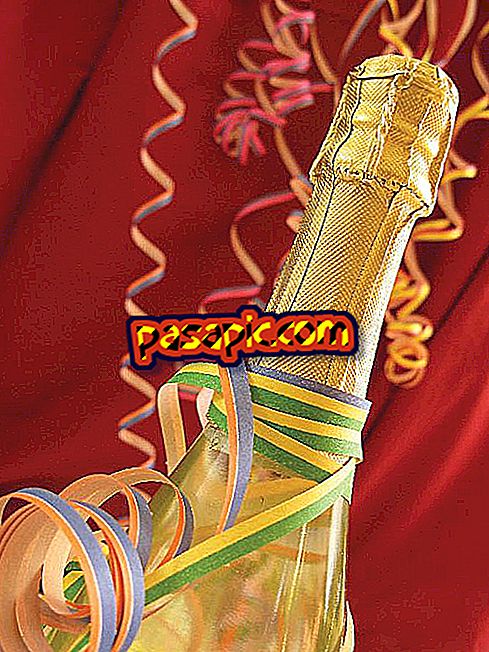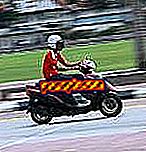How to plow the land

The plow, which removes the soil and prepares it for cultivation, is a humble and simple instrument of work that decisively contributed to the civilization of humanity. When man learned to cultivate the soil he had to settle in one place; that is, he became sedentary. Thus the first social and political organizations were born to achieve a better coexistence. The plow symbolizes, then, the fruitful and peaceful work that ennobles all human beings. In this article we will explain the origin of the plow, how it is plowed today and how to plow.
The birth of the plow
The need to resort to the deepest layers of the land to be cultivated or replanted caused the primitive farmer to apply to that same hoe a force that would drag him, in order to overturn the earth and allow the renovation of the bed where they would germinate and nourish seeds. The probable use of the first plow takes place around 6000 BC and was an extremely simple plow: hoe with ropes pulled by men. More than a millennium would have to pass before our primitive ancestors tried and managed to domesticate the ox, and this magnificent fact brought together the evolution of the hoe of animal traction allows it to drag a greater weight and drive it deeper into the earth.

The evolution of the plow
The plow that the ancient Egyptians used to till the land fertilized by the Nile floods was simple; to build it they took into account the way the boar introduces its fangs into the ground to look for the roots. The improvement of this plow had a very slow acceleration, and its adaptation to the different needs of the crops underwent the precise modifications and according to their driving sources. With the domestication of the ox and the horse the changes arose and modified their angles of plowing and overturning of the earth, but the incorporation of a true moldboard, that is, a piece like a spoiler to throw the earth to the side, must be to the Dutch and is a relatively recent invention. In the eighteenth century the plow suffered its major changes with the use of iron in its structure, and that type of plow gave rise to all varieties that existed until the incorporation of the tractor, with its great power of fire, changed the concept of plowed until the technique of the machinery we have today.

The plow today
Today's agriculture has also incorporated the great advances of technology, and the primitive plows have given way to gigantic and primitive plows have given way to gigantic and efficient tools that allow a single man to perform the tasks that once required the arms of 50 or maybe more men. The same technique has allowed agricultural surfaces to increase in the same proportion, paired to an identical crop yield. The plows that drag the tractors break many furrows at the same time and are of bars or discs, and their efficient work is complemented with harrow plows that allow a better preparation of the land of sowings.



